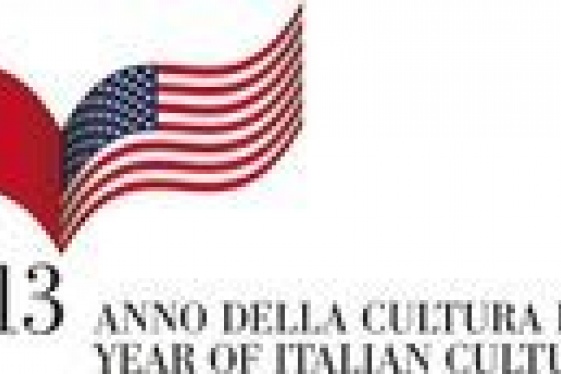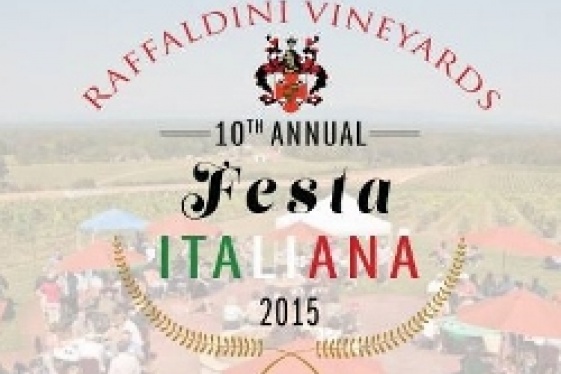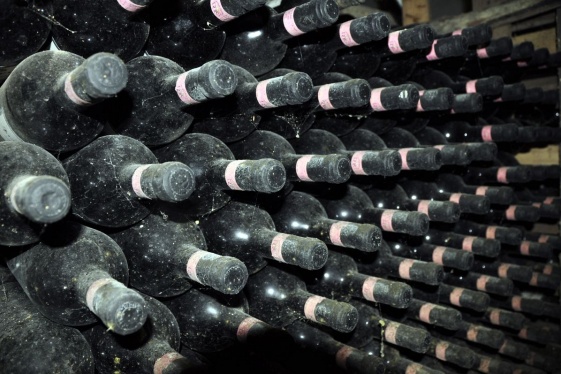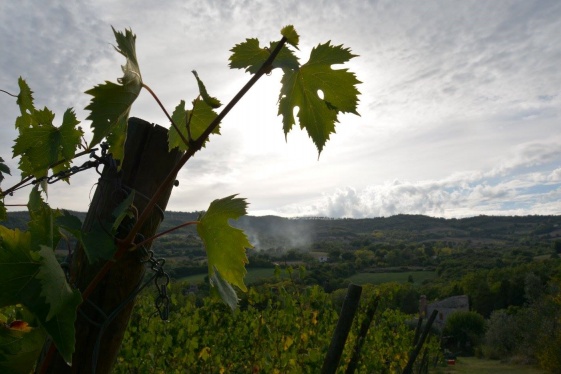

WTI Magazine #31 2014 May, 22
Author : Vino OK Translation by:
The Rosé Valle d'Aosta is a wine produced in the geographical area that covers Valle d'Aosta, one of the most fascinating regions of the Italian peninsula.
We are dealing with a single regional appellation that includes 28 sub-denominations: some differ depending on the grape varieties used, others are distinguished on the basis of sub-areas where they are produced (in this case we are dealing with seven restricted and well defined sub-areas), and finally, others are distinguished by color.
Regarding the grapes sub-denominations, we have: Valle d'Aosta White, Red and Rosé. Regarding the varieties sub-denominations, we have: Valle d'Aosta Fumin, Gamay, Mayolet, Petit Noir (vinified as red or white), Pinot Gris, Petit Rouge, Pinot Blanc, Premetta, Cornalin, Merlot, Nebbiolo, Chardonnay, Syrah, Muller Thurgau, Petit Arvine. Finally, regarding the geographical sub-denominations we have: Valle d'Aosta Arnad-Montjovet, Chambave Red, Chambave Moscato, Donnaz, Enfer d'Arvier, Red Nus, Malvoise Nus, Towers, Blanc de Morgex et de La Salle.
The vineyards of the region extend in different valleys, all favored by the wonderful climate of Valle d'Aosta. These vineyards are located precisely along the course of the Dora Baltea river up to Morgex, near the Mont Blanc area: and this, in fact, has a very temperate climate, more than the rest of the region.
The soil is of ancient origin and shows the crystalline rocks and sediments of quaternary rocks (glacial moraines, alluvial terraces etc.); viticulture is of fundamental importance for this region, growing (albeit with great difficulty and sacrifice by the producers) in areas where any other economic activity is difficult to achieve. In next paragraph we will pause to speak, among the many varieties of Valle d'Aosta, about the Valle d'Aosta Rosé.
The Valle d 'Aosta Rosé is a blend of subdenomination from Valle d'Aosta. It has its own organoleptic characteristics that differentiate it from others. It has a pinkish color, a vinous aroma and flavor fresh and sometimes lively and harmonious. Its alcohol content must be at a minimum of 9.5% vol.
The Valle d'Aosta Rosé is produced with various local red grapes. You may want to taste this wine after being subjected to a mandatory aging period of at least two months. Its operating temperature is around 12°C and may be accompanied by delicate and light dishes, but delicious at the same time: rice, white meats and local less mature cheeses such as toma and fontina.
You may be interested
-
A Week in Emilia Romagna: An Italian Atmosp...
The Wine Consortium of Romagna, together with Consulate General of Italy in Boston, the Ho...
-
Cooking With Italian Red Wine
Wine has a long, rich history as a cooking liquid. One of the early "cookbooks," compiled...
-
Raffaldini Vineyards' 10th Annual Festa Ital...
Saturday September 19, 11 AM/5 PM - Raffaldini Vineyards & Winery - 450 Groc...
-
Sons of Italy Wine Tasting Series
Saturday, August 1 - 12.30 EDT / Valenzano Winery - 1090 Route 206, Shamong, New...
-
Wonderful Italian Wine for Summertime 6/26 N...
The President of the Italian Wine & Food Institute cordially invite you to celebrate:...
-
'Cello Bar
When life gave them lemons, the Pallini family didn't make lemonade — they made limoncello...
-
'Entire' Italy spirits sector at risk from US...
The "entire" Italy spirits and liqueurs sector is at risk from US tariffs, wine and spirit...
-
'In the US you could never do this': How an A...
When life hands you grapes, you make wine. Writer John Henderson meets a Californian-Sicil...










